May 16, 2025 | 18:54 GMT +7
May 16, 2025 | 18:54 GMT +7
Hotline: 0913.378.918
May 16, 2025 | 18:54 GMT +7
Hotline: 0913.378.918
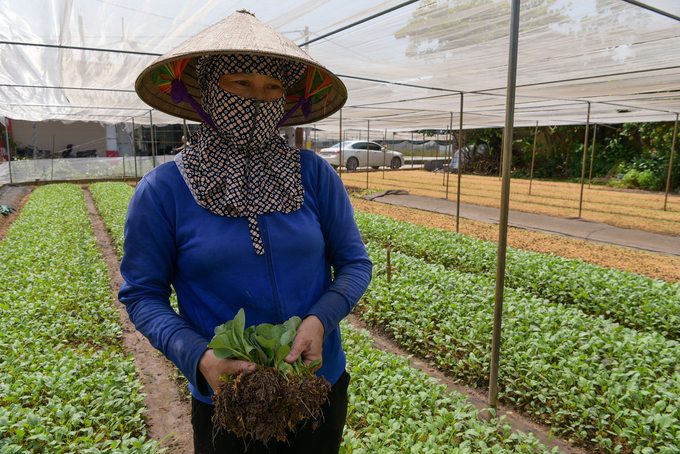
Producing seedling vegetables under shade. Photo: NNVN.
When asked, Mr. Dinh Van Thuy, Chairman of the People's Committee of Minh Tan Commune, Phu Xuyen District, Hanoi, replied that while the commune is indeed densely populated and primarily agricultural, in recent times, about 30% of the young and healthy workforce has shifted to becoming industrial workers, leaving the fields to middle-aged and elderly workers who have no opportunity to change occupations. Given this situation, agriculture must necessarily innovate towards a circular model and restructure to meet new market demands and requirements.
Besides the low-income but low-effort rice cultivation, the commune has 160 hectares of vegetables. From a traditional profession that relied on habitual practices, the people have now applied high technology, such as net houses and greenhouses, to increase value.
In 2023, the average income per person in Minh Tan Commune reached over 71 million VND/year, with industrial workers earning between 8-15 million VND/month, while agricultural workers earned 35-40 million VND/person/year, with many households achieving income exceeding 100 million VND/year. In addition to growing commercial vegetables or vegetable seedlings, the locality also has about 50 hectares for aquaculture, utilizing agricultural by-products to create feed for fish; approximately 170 hectares of land are planned for crop and livestock restructuring following garden-pond, garden-pond-barn, and long-term fruit tree models. A portion of the area is reserved for conversion towards organic farming.
Sustainable agricultural development creates an economic and social foundation for Minh Tan to build a new rural area (NTM), significantly changing the appearance of villages. The commune completed its NTM goals in 2017 and is currently in the process of building an enhanced NTM, expected to be completed by 2025. According to Mr. Dinh Van Thuy, the locality has completed 16 out of 19 criteria, with 3 criteria still being pursued: first, the environment; while good progress has been made in residential areas, there are still concentrated farming areas that have not addressed waste and wastewater issues; there has not yet been a system for collecting and processing by-products from vegetable cultivation. Second, income must strive to increase to 73-75 million VND/person/year. Third, rural transportation infrastructure still has some areas that are narrow due to roads built in 1993 and lack lighting systems.
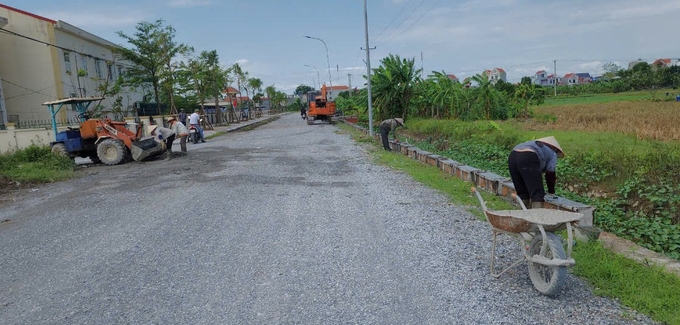
Expanding rural roads. Photo: Archive.
As a locality with a large population and extensive area, stretching 8 kilometers from one end of the commune to the other, consolidating small schools into a central location according to regulations is impractical. Minh Tan B Primary School has 2 locations, and arrangements are being made to consolidate them. Minh Tan Primary School also has 2 locations but has not yet found a suitable place for consolidation. Particularly, the preschool currently has 3 locations, and if they were to consolidate into one, the distance from the farthest point would be about 5 kilometers. It is very challenging and dangerous for grandparents to take their grandchildren such a distance daily, especially in rainy or sunny weather.
Mobilizing community efforts to build the new rural area has been economically limited; however, the commune has a creative approach by launching a land donation movement, which accounts for about 20-25% of the total value of projects in the area. For example, for a rural road project worth 36 billion VND that is about to be implemented, the community has contributed through land donations valued at over 10 billion VND.
The Than Quy hamlet, which has faced significant challenges with transportation, has only just begun renovation since 1993. The local authorities are currently persuading more than 200 households with land in the road expansion area to sign commitments for land donation, demolishing structures, and rebuilding themselves, with construction set to begin in early October. Kim Quy hamlet successfully expanded its road in 2023 with hundreds of households donating land; some families have donated 20 square meters of land valued at over 400 million VND. As a result, the road that was previously only 2.5 meters wide has now been expanded to 6.5 meters, allowing two cars to pass each other comfortably.
Translated by Mai Quang Huy
![Multi-channel, multi-directional Vietnamese agricultural markets: [7] Deep processing makes global reach easy](https://t.ex-cdn.com/nongnghiepmoitruong.vn/608w/files/huytd/2025/05/16/2946-che-bien-sau-chia-khoa-vang-nang-tam-nong-san-viet-tren-ban-do-the-gioi-080603_110-093858.jpg)
(VAN) The application of deep processing technology is helping Vietnamese agricultural products enhance their value, create competitive advantages, and open doors to conquer global consumers.
![Multi-channel, multi-directional Vietnamese agricultural markets: [6] Agri products go online](https://t.ex-cdn.com/nongnghiepmoitruong.vn/608w/files/content/2024/12/10/1-113313_954.jpg)
(VAN) Bringing agri products onto e-commerce platforms is an effective way to build a brand that many businesses, cooperatives, and agricultural production households are doing.
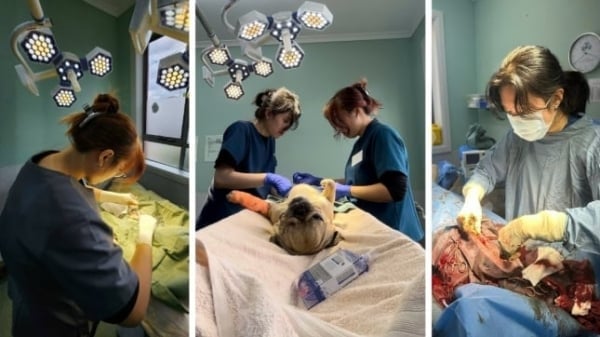
(VAN) Veterinary training should focus on quality, not just quantity. Veterinarians also need more options to pursue specialized training.
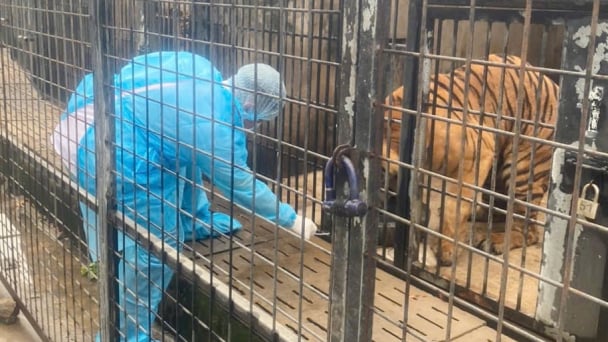
(VAN) The veterinary industry needs to be viewed objectively and further invested in to properly demonstrate its role and importance in the new context.

(VAN) The number of veterinarians graduating each year is not enough to meet actual needs, hence a difficult problem for the growing livestock industry.
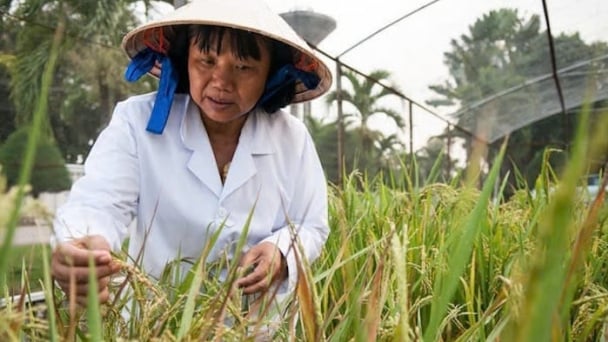
(VAN) The strategic partnership between Cambodia, the Philippines, Vietnam, and CGIAR ensures that innovative solutions effectively address national priorities for food system development.
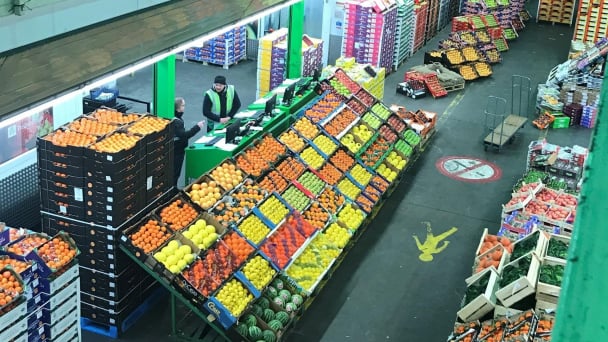
(VAN) This was affirmed by the UK Minister of State at the Department for Environment, Food and Rural Affairs during a working session with Deputy Minister Tran Thanh Nam on May 13.